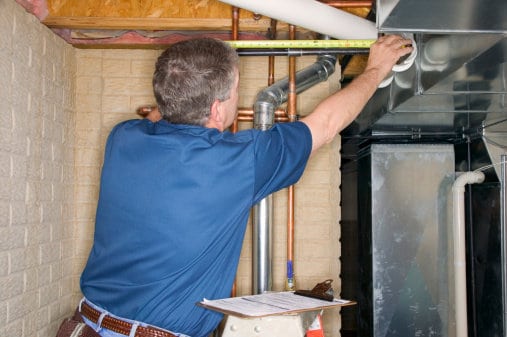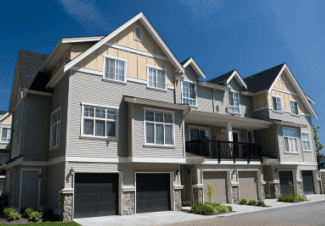3 tips for investing in and managing multiple single-family homes
Multiple property managers have a lot of responsibilities to effectively maintain and manage single-family homes, including: finding tenants, organizing repairs and being on top of routine maintenance. Compared to managing a multi-unit apartment facility, there’s an increased degree of difficulty since your properties may be spread out around a neighborhood, or even the state.
Below are three tips to get you started as a multiple single-family property investor.

Property investment is a hot market, as Wall Street Journal reports 14.9 million renters occupied single-family homes – a figure that’s increased 31 percent since 2006. Furthermore, vacancy rates are also falling. It’s making many investors look toward single-family housing as income streams.
Managing just one means taking on a lot of responsibility. One home can take at least 10 years before showing a strong return on investment. Before diving into your investment, due diligence is needed. For each home, research expected annual expenses like property taxes, insurance and maintenance.
Even if you plan on using a property management team to take on the heavy lifting, also visit the homes you are purchasing – no matter the distance away from you.
2. To Landlord or Not to Landlord, That Is the Question
Now, much of this is contingent on the homes all being close in radius or on the amount of homes you have in your portfolio, but as a multiple single-family home investor, you better be a repairing machine – or hire one. No matter how many upgrades and renovations you put in a home before it becomes tenant occupied, being called upon for a repair is inexorable.
With each home you add to your docket, the amount of hours you’ll work and the cost of repairs will significantly increase. You don’t want to become an effete landlord. Know if it’s better to have a property management team, reliable contractors at your disposal or if you can continue handling it on your own before you start purchasing more property.
Even if you stay mostly out of the picture and roll with a property management team, you’ll still have larger time devotion with multiple properties since there’s more to stay up-to-date about.
3. Not All Homes Are Equal
In a multi-unit apartment complex, many of the spaces will have exact or very similar layouts. You could find yourself with completely different single-family homes all with varying characteristics.
Their uniqueness requires a little more research. It’s likely each leasing contract for each home will differ from each other. Dig into the history of each home, and consider what type of tenant will be attracted to each house. Every house may not be pet friendly, some houses may require much more landscaping, some may require a mold clause, etc.
For a single-family home investor, adding more homes to their repertoire is a major step – and there often comes the time when it becomes the right one, too. When moving forward with more rental purchases, the learning curve is gone, you don’t have to plan on the starting costs anymore, vacancy is less of a worry and more.
The key in managing multiple single-family homes is conducting lots of research and having a solid plan in place – and often times that means going with a property management company that screens tenants, handles repairs, collects rent, provides access to reports and more.
Source: MLive.com















 Accessibility
Accessibility